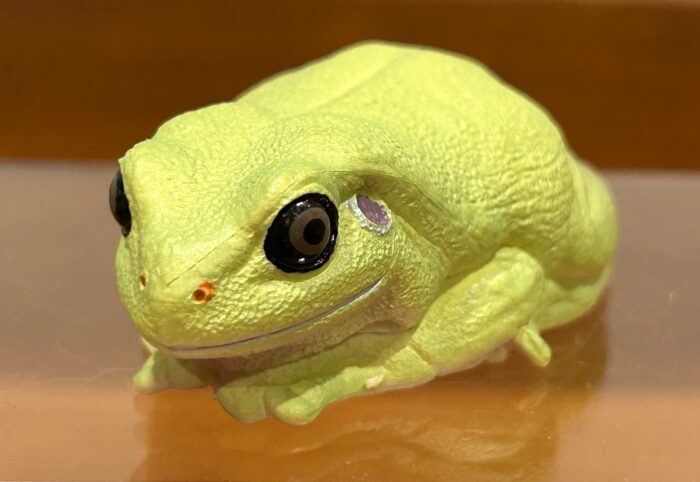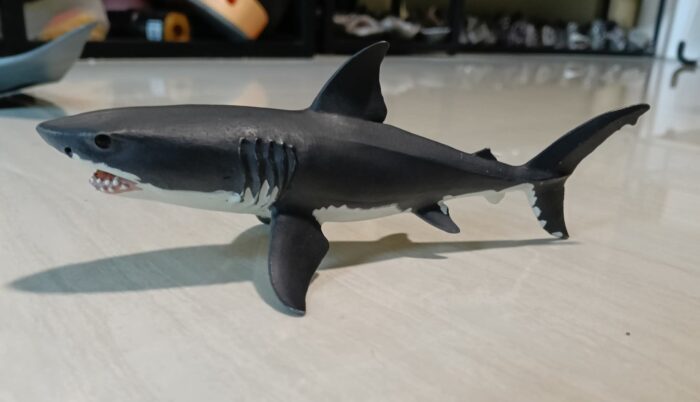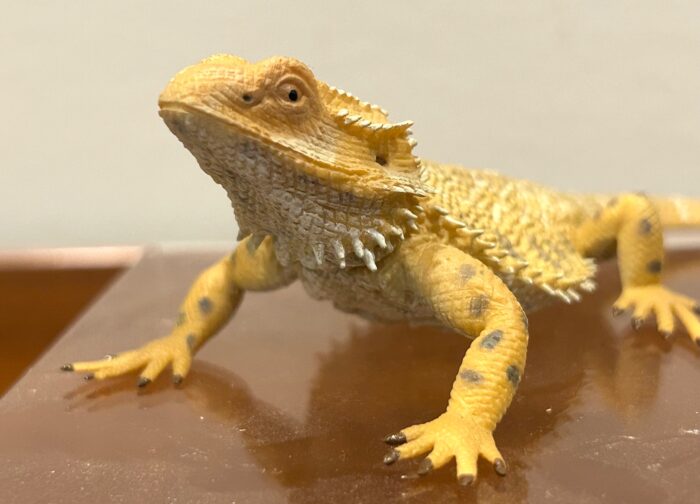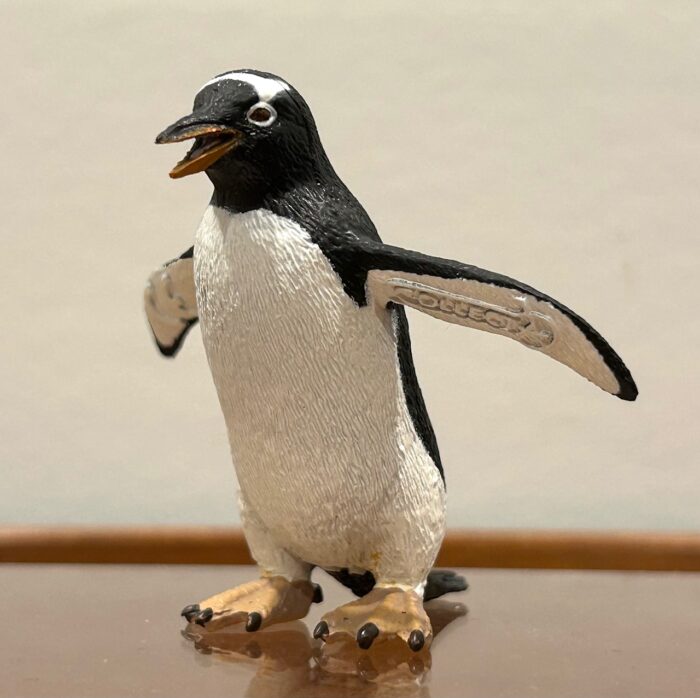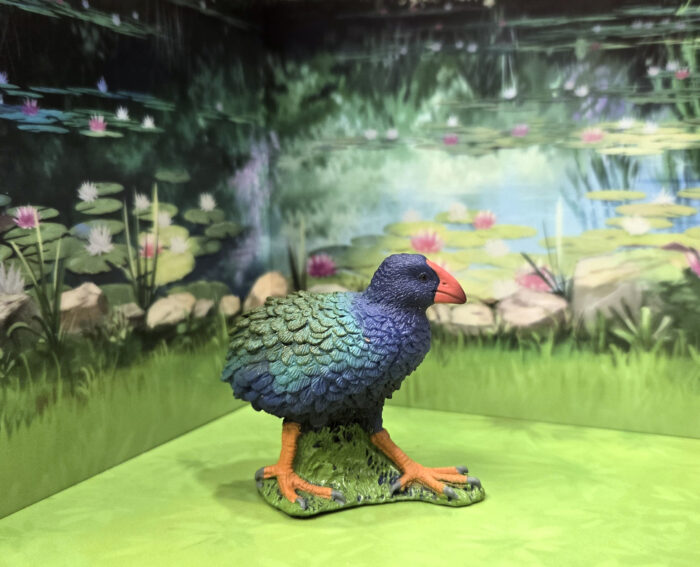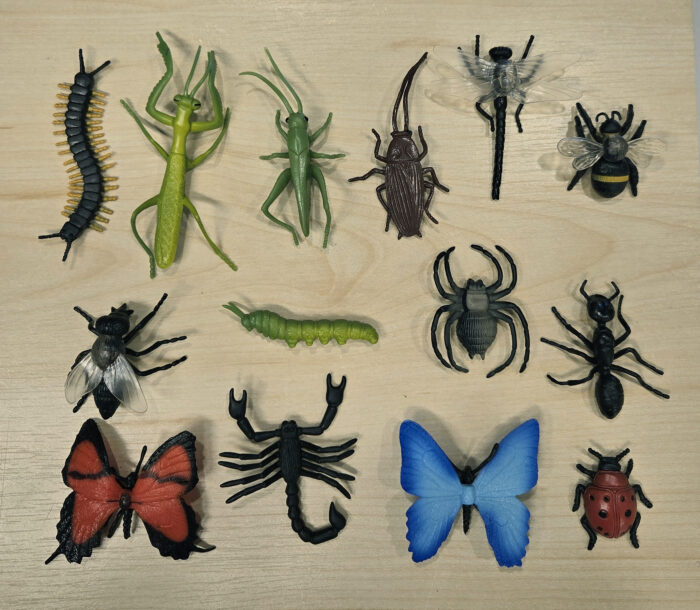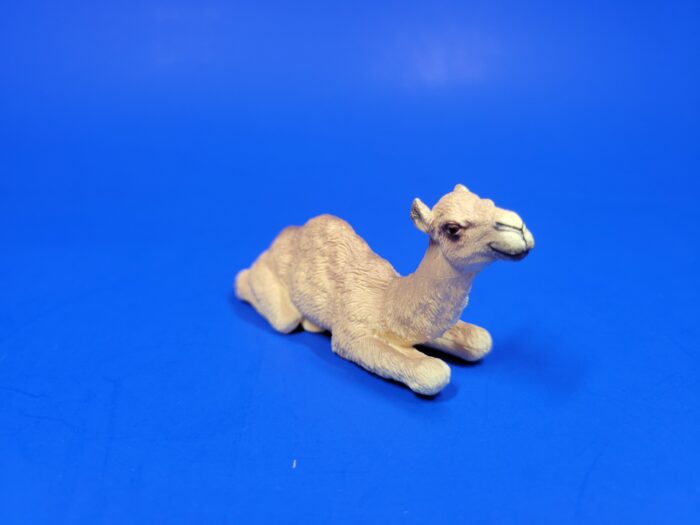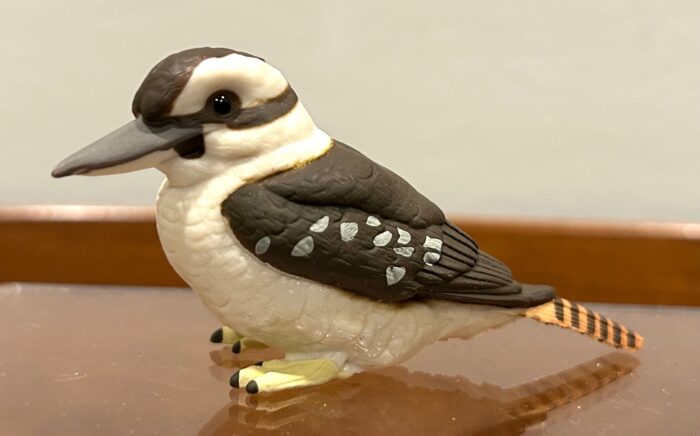Review and images by Suspsy; edited by bmathison1972
As its name suggests, the Australian green tree frog (Ranoidea caerulea) can be found throughout the northern and eastern regions of Australia, and in New Guinea as well. They prefer to live in moist forests, but will also inhabit swamps, grasslands, and around human dwellings.

